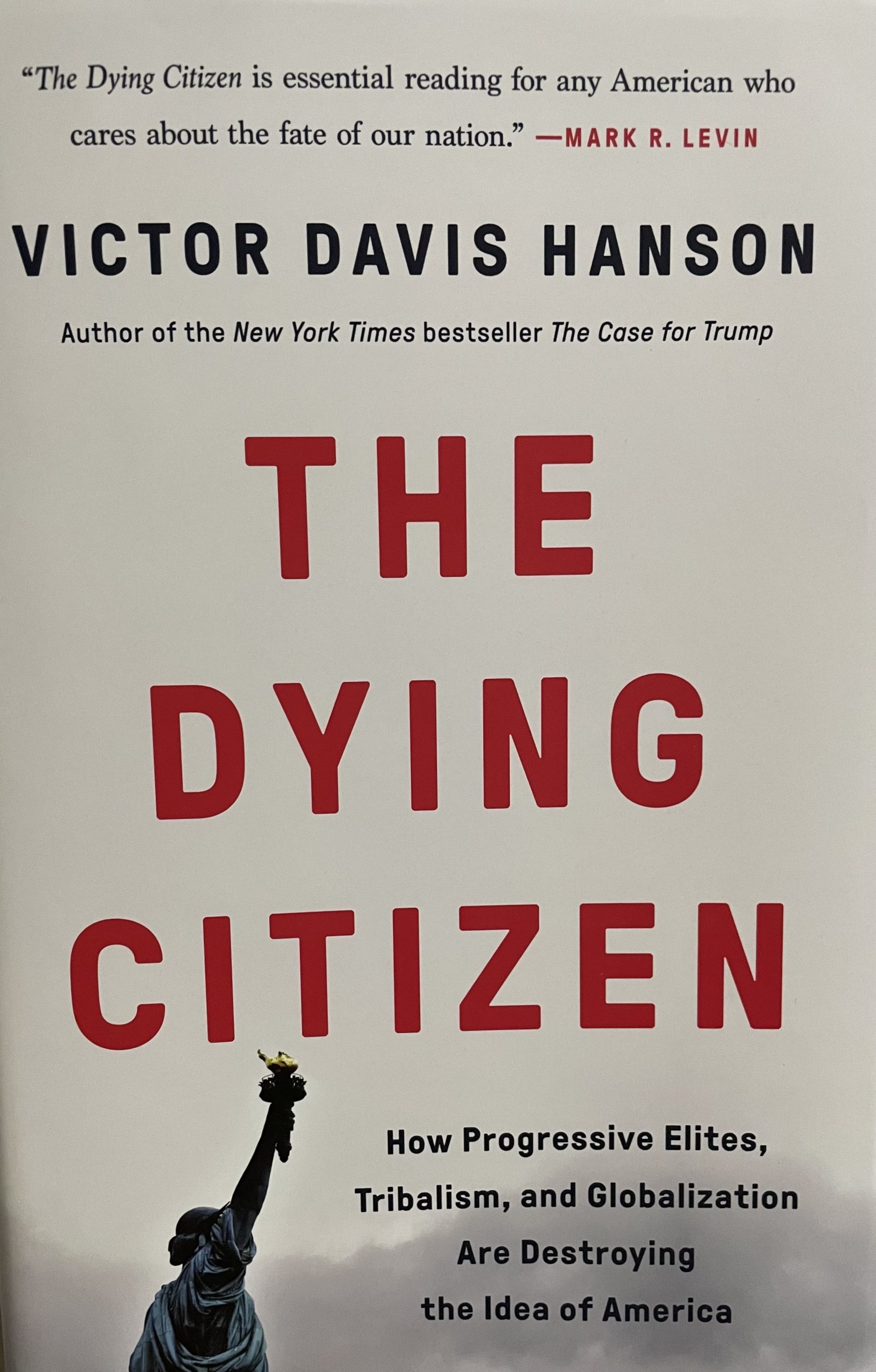It’s getting harder and harder to find a college campus where the Admiral of the Ocean Sea can be indigenous. This year, “On Columbus Day, a 25-year old statue of the holiday’s namesake found a new home on the campus of Thomas Aquinas College,” the college proudly announced.
It had actually been on another California college campus, but one in which the administrators were a bit less risk averse when it comes to political correctness. The statue of Christopher Columbus was a gift from businessman Robert Barbera, who sits on TAC’s board of governors.
According to TAC: “The history of the Columbus statue dates back to 1992, the quincentennial of the explorer’s first voyage to the New World. At the time, Mr. Barbera and other Italian-Americans formed a group called the Columbus 500 Congress, which presented the statue as a gift to Pepperdine University, where it stood for the next 25 years. By 2017, however, Columbus had fallen into political disfavor and, in response to student opposition, the university removed the statue and placed it in storage — a decision that disappointed Mr. Barbera.”
Students at Pepperdine had been protesting the presence of the statue prior to its removal from campus. For example, in 2016, on Columbus Day, “approximately 26 students, dressed in black and wearing white ribbons, deposited flowers in front of the statue and sat in silence for about 40 minutes in protest of the statue,” Sebastian Lopez Barba wrote in The Pepperdine University Graphic. Protestors requested for the Columbus statue to be removed, discarded or put in storage.”
“In November 2015, approximately 100 students dressed in black entered the Waves Cafe to peacefully participate in a sit-in. The purpose of the demonstration was to show support for the University of Missouri students who were protesting racism according to previous Graphic reporting. At the demonstration, flyers circulated stating the protest’s mission, including the removal of the Christopher Columbus statue from any university location.” As you can see, they got their wish.
Then Mr. Barbera came to Columbus’s rescue. “A proud Italian-American, Mr. Barbera is the founder, most recently, of The Mentoris Project, which publishes books chronicling the contributions of Italians to Western civilization,” according to TAC. “He did not want to see the legacy of Christopher Columbus discarded by an approach to history that lacks ‘an understanding of the times or the progress that we have made.’ So he intervened to retrieve the statue, and ultimately chose to give it to Thomas Aquinas College.”
The odds are really good that Columbus will be more appreciated there. Its students are a bit more steeped in history than those at Pepperdine.
Moreover, this tale provides a valuable lesson in donor power: They do have somewhere else to go and can go there. If more donors followed Mr. Barbera’s example, universities might be just as politically correct, but they would have to pay for it themselves.










